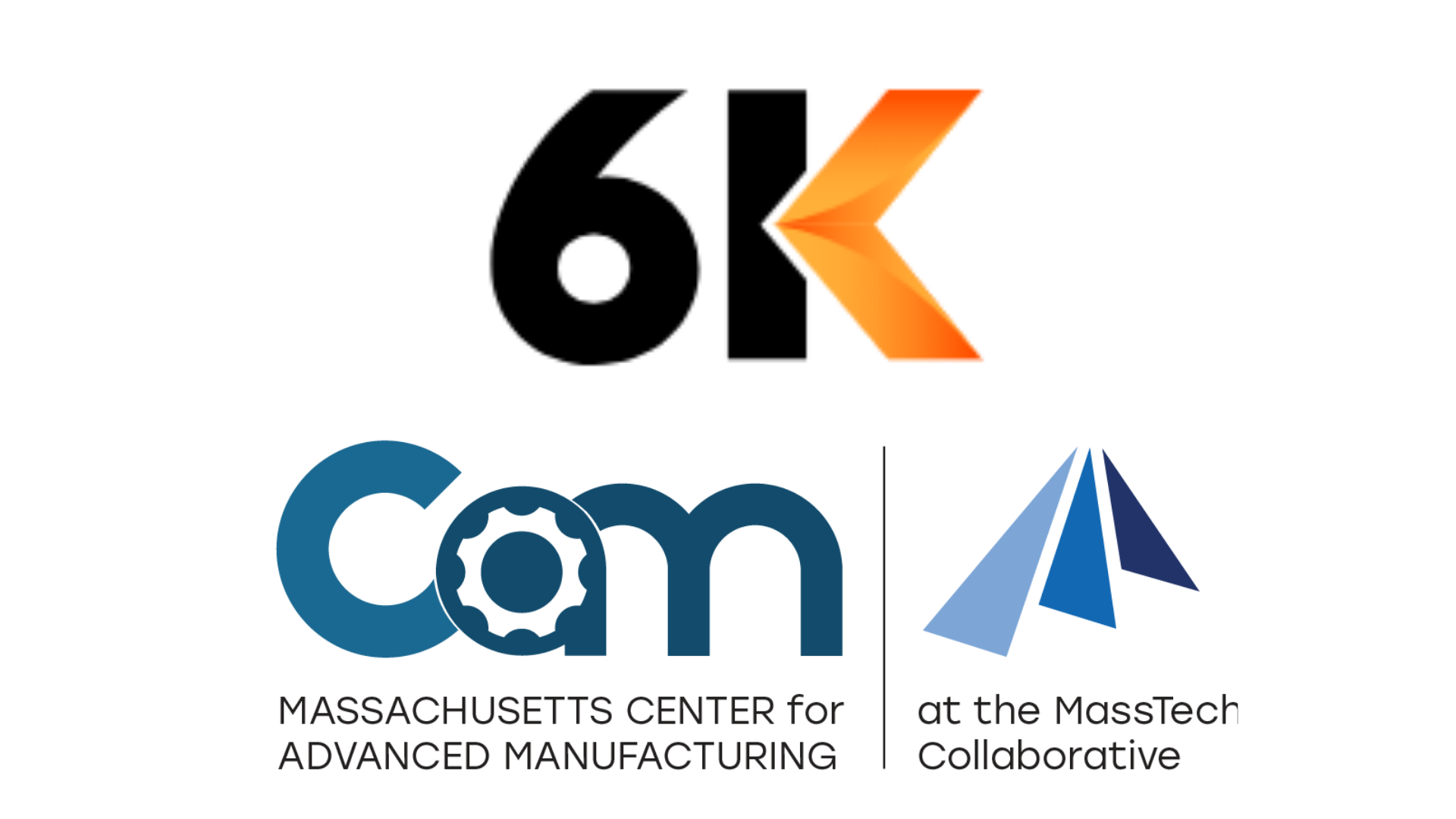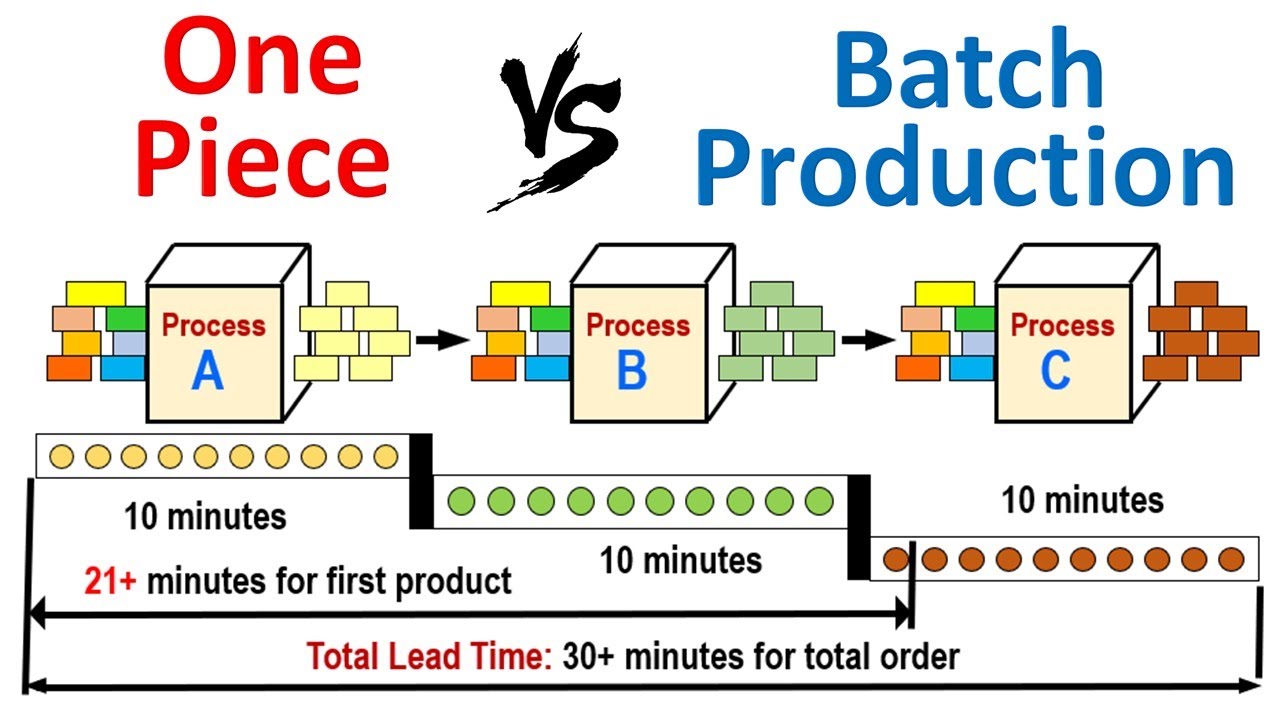
The National Network for Manufacturing Innovation's primary goal is to develop cutting-edge manufacturing technologies. President Obama made this interagency proposal in his FY2013 budget proposal. It is intended to bring together university engineering schools, community colleges, and federal agencies in order to commercialize innovative manufacturing technologies.
In the United States, manufacturing plays a central role in the economy. American workers have access to good jobs in this sector. In order to remain competitive, manufacturing companies are investing in technological innovations that help them stay productive while reducing labor costs. Automation and green energy are two examples of these innovations. Companies are also investing in solutions to reduce machine downtime. Innovative products such as autonomous mobile robots can reduce labor costs while increasing productivity. Companies are also investing in technologies to reduce resource wastage such as smart sensors.
The "Maker's Economy" will revolutionize how products are made. This economy is one in which manufacturers play an active part in the design and construction of new products using readily available technology. These innovations will be used by the manufacturing industry to improve productivity, operational efficiency and decision-making. It is expected to contribute significantly to the country's overall productivity. The United States is known for being a global leader when it comes to manufacturing.

The "Maker's Economy" is built on a range of technologies including smart factories, artificial intelligence, and other intelligent systems. These innovations help improve manufacturing productivity, increasing worker efficiency and decreasing time to produce products. The Industrial Internet of Things is a network of sensors and data that guides tasks. It also allows continuous monitoring of industrial assets. Secure connectivity and fast data transmission are essential for the IIoT. It is also expected that it will increase warehouse efficiency and supply chain visibility.
The National Network for Manufacturing Innovation, which will consist of at most fifteen manufacturing institutes and is expected help accelerate the advancement of manufacturing technologies. This network will also include public/private partnerships between government agencies and private companies.
There are currently 14 institutes for manufacturing innovation in the United States. In May 2013, the Commerce Department will fund three more. Two Institutes are expected to be funded in part by the National Institute of Standards and Technology. These funds will allow each institute to receive up to $70million over five- to seven years.
Each Institute for Manufacturing Innovation will have its own research focus. They will serve as manufacturing innovation hubs for state and local economies. These institutes will help manufacturers to integrate their capabilities. These institutes offer access to cutting edge technology and will also provide training opportunities for workers. They will also help manufacturers solve cross-cutting challenges in advanced manufacturing.

The Network for Manufacturing Innovation has many goals. It aims to accelerate the commercialization and application of new manufacturing technologies. It also bridges the gap between market research and laboratory research. It also aims to strengthen state and local economies. The U.S. Department of Energy (DOE) will run the institutes and the program will receive funding from the U.S. Commerce Department’s National Institute of Standards and Technology.
FAQ
What is manufacturing and logistics?
Manufacturing is the production of goods using raw materials. Logistics manages all aspects of the supply chain, including procurement, production planning and distribution, inventory control, transportation, customer service, and transport. Sometimes manufacturing and logistics are combined to refer to a wider term that includes both the process of creating products as well as their delivery to customers.
How does a Production Planner differ from a Project Manager?
The difference between a product planner and project manager is that a planer is typically the one who organizes and plans the entire project. A production planner, however, is mostly involved in the planning stages.
What does "warehouse" mean?
A warehouse is an area where goods are stored before being sold. It can be an outdoor or indoor area. Sometimes, it can be both an indoor and outdoor space.
What are the 7 Rs of logistics.
The acronym 7R's of Logistic is an acronym that stands for seven fundamental principles of logistics management. It was developed by the International Association of Business Logisticians (IABL) and published in 2004 as part of its "Seven Principles of Logistics Management" series.
The acronym is composed of the following letters.
-
Responsible - ensure that actions are in compliance with legal requirements and do not cause harm to others.
-
Reliable - Have confidence in your ability to fulfill all of your commitments.
-
Be responsible - Use resources efficiently and avoid wasting them.
-
Realistic – consider all aspects of operations, from cost-effectiveness to environmental impact.
-
Respectful – Treat others fairly and equitably.
-
Responsive - Look for ways to save time and increase productivity.
-
Recognizable - Provide value-added services to customers
Statistics
- According to a Statista study, U.S. businesses spent $1.63 trillion on logistics in 2019, moving goods from origin to end user through various supply chain network segments. (netsuite.com)
- It's estimated that 10.8% of the U.S. GDP in 2020 was contributed to manufacturing. (investopedia.com)
- [54][55] These are the top 50 countries by the total value of manufacturing output in US dollars for its noted year according to World Bank.[56] (en.wikipedia.org)
- (2:04) MTO is a production technique wherein products are customized according to customer specifications, and production only starts after an order is received. (oracle.com)
- In 2021, an estimated 12.1 million Americans work in the manufacturing sector.6 (investopedia.com)
External Links
How To
How to use lean manufacturing in the production of goods
Lean manufacturing is a management system that aims at increasing efficiency and reducing waste. It was developed in Japan between 1970 and 1980 by Taiichi Ohno. TPS founder Kanji Tyoda gave him the Toyota Production System, or TPS award. Michael L. Watkins published the book "The Machine That Changed the World", which was the first to be published about lean manufacturing.
Lean manufacturing, often described as a set and practice of principles, is aimed at improving the quality, speed, cost, and efficiency of products, services, and other activities. It emphasizes eliminating waste and defects throughout the value stream. The five-steps of Lean Manufacturing are just-in time (JIT), zero defect and total productive maintenance (TPM), as well as 5S. Lean manufacturing eliminates non-value-added tasks like inspection, rework, waiting.
In addition to improving product quality and reducing costs, lean manufacturing helps companies achieve their goals faster and reduces employee turnover. Lean manufacturing is a great way to manage the entire value chain including customers, suppliers, distributors and retailers as well as employees. Lean manufacturing is widely used in many industries. Toyota's philosophy has been a key driver of success in many industries, including automobiles and electronics.
Five principles are the basis of lean manufacturing:
-
Define Value - Identify the value your business adds to society and what makes you different from competitors.
-
Reduce Waste - Eliminate any activity that doesn't add value along the supply chain.
-
Create Flow: Ensure that the work process flows without interruptions.
-
Standardize & simplify - Make processes consistent and repeatable.
-
Build relationships - Develop and maintain personal relationships with both your internal and external stakeholders.
Lean manufacturing is not a new concept, but it has been gaining popularity over the last few years due to a renewed interest in the economy following the global financial crisis of 2008. Many businesses have adopted lean manufacturing techniques to help them become more competitive. According to some economists, lean manufacturing could be a significant factor in the economic recovery.
Lean manufacturing is becoming a popular practice in automotive. It has many advantages. These benefits include increased customer satisfaction, reduced inventory levels and lower operating costs.
You can apply Lean Manufacturing to virtually any aspect of your organization. Lean manufacturing is most useful in the production sector of an organisation because it ensures that each step in the value-chain is efficient and productive.
There are three main types:
-
Just-in Time Manufacturing: This lean manufacturing method is commonly called "pull systems." JIT is a method in which components are assembled right at the moment of use, rather than being manufactured ahead of time. This strategy aims to decrease lead times, increase availability of parts and reduce inventory.
-
Zero Defects Manufacturing: ZDM ensures that no defective units leave the manufacturing plant. Repairing a part that is damaged during assembly should be done, not scrapping. This applies to finished products, which may need minor repairs before they are shipped.
-
Continuous Improvement (CI: Continuous improvement aims to increase the efficiency of operations by constantly identifying and making improvements to reduce or eliminate waste. Continuous improvement refers to continuous improvement of processes as well people and tools.